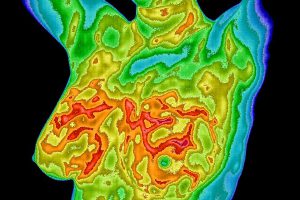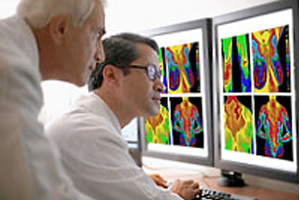A lifesaving risk assessment technology for the 21st Century
What if…
…there was a way to provide an early risk marker for breast cancer?
…there was a better screening approach that combined multiple tests, including a technology that reflects the early cancerous process itself?
…there was a technology that could find areas of inflammation in advance of symptoms?
That technology is here, and it’s called clinical thermography.
Precision Thermography is privileged to provide breast thermography as an aid in the care of your health.
If you are a physician, we are here to help you care for your patients. Computerized infrared imaging may aid you in the differential diagnosis process. The technology is designed to complement your examination procedures and assist you in the treatment process. Computerized infrared imaging is FDA approved as an adjunctive procedure.
What is Thermography?
Thermography, or infrared imaging, entails the use of specialized cameras that are sensitive to the detection of electromagnetic energy (light) in the infrared wavelengths (heat). As such, these imagers serve as a remote sensing system; nothing touches or harms the object under investigation. When the camera’s detectors sense the incoming infrared heat an electrical signal is produced that generates a visible image display.



